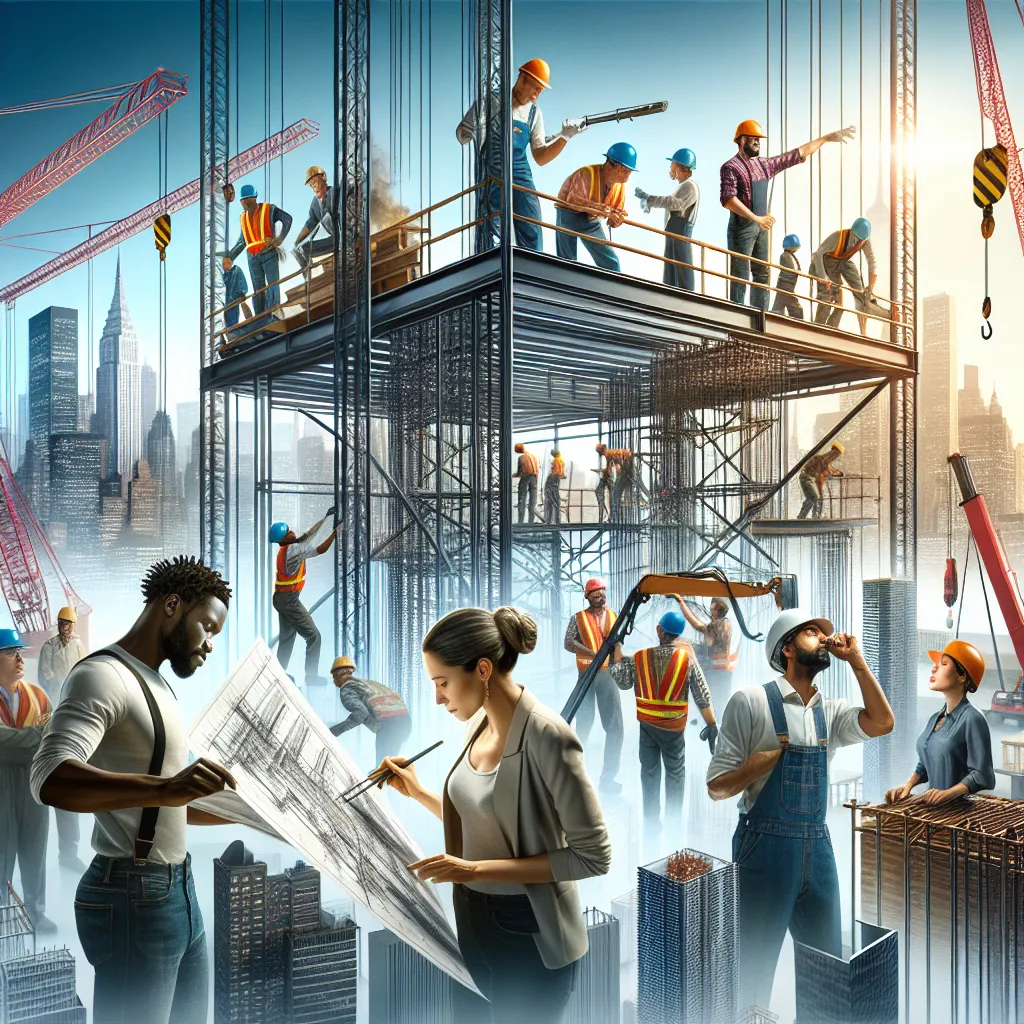USA Steel Buildings: Revolutionizing the Construction Industry
USA Steel Buildings: Revolutionizing the Construction Industry
The construction industry has witnessed numerous advancements over the years, and one such innovation that has made a significant impact is the use of steel in building structures. In the United States, steel buildings have gained immense popularity due to their numerous advantages, ranging from cost-effectiveness to durability and sustainability. This article explores the rise of USA steel buildings and their transformative impact on the construction sector.
1. Introduction to Steel Buildings
Steel buildings, also known as metal buildings, are structures predominantly made from steel components. These pre-engineered buildings are manufactured off-site and assembled on-site, resulting in shorter construction times compared to traditional building methods. The steel framework provides exceptional strength, allowing for larger open spaces, increased design flexibility, and resistance to various environmental factors.
2. Advantages of USA Steel Buildings
2.1 Cost-Effectiveness
One of the primary reasons for the widespread adoption of steel buildings in the USA is their cost-effectiveness. Steel components are relatively inexpensive compared to traditional construction materials, such as concrete and wood. Additionally, the prefabrication process reduces labor costs and eliminates the need for extensive on-site construction, further reducing overall expenses.
2.2 Durability and Strength
Steel is renowned for its strength and durability, making it an ideal choice for constructing buildings that can withstand various environmental conditions. Steel buildings can resist extreme weather events, such as hurricanes, earthquakes, and heavy snow loads, ensuring the safety of occupants and minimizing damage. Moreover, steel is non-combustible, reducing the risk of fire-related accidents.
2.3 Design Flexibility
USA steel buildings offer unparalleled design flexibility, enabling architects and engineers to create innovative and aesthetically pleasing structures. The inherent strength of steel allows for larger column-free spaces, enabling open floor plans and adaptable interiors. This versatility makes steel buildings ideal for various applications, including warehouses, factories, offices, retail spaces, and even residential buildings.
2.4 Sustainability
With a growing focus on sustainable construction practices, steel buildings showcase their eco-friendliness. The steel used in these structures is often made from recycled materials, reducing the demand for new resources. Additionally, steel is 100% recyclable, making it a highly sustainable option. Steel buildings can also incorporate energy-efficient features, such as insulation and solar panels, further reducing their environmental impact.
3. Applications of USA Steel Buildings
The versatility of steel buildings has led to their widespread use across various industries. Here are some of the key applications of steel buildings in the USA:
3.1 Commercial Buildings
Steel buildings are commonly used for commercial purposes, including office buildings, retail centers, shopping malls, and warehouses. The design flexibility allows for large open spaces, facilitating efficient operations and easy customization to meet specific business requirements.
3.2 Industrial Buildings
Industries such as manufacturing, logistics, and agriculture heavily rely on steel buildings. The durability and strength of steel structures make them suitable for housing heavy machinery, storage facilities, processing plants, and agricultural structures like barns and silos.
3.3 Recreational Facilities
Steel buildings are also popular choices for recreational facilities, such as sports complexes, community centers, and gyms. The large open spaces provided by steel structures allow for flexible layouts, accommodating various sporting activities and events.
3.4 Residential Buildings
While less common than commercial and industrial applications, steel buildings are gaining traction in the residential sector. Steel offers an alternative to traditional construction materials, providing homeowners with durable and energy-efficient homes.

4. The Future of USA Steel Buildings
The future of steel buildings in the USA looks promising, driven by ongoing advancements in technology, design, and sustainability. Innovations such as 3D modeling, virtual reality, and artificial intelligence are enabling more efficient design and construction processes, further enhancing the benefits of steel buildings.
Furthermore, the increasing emphasis on sustainable construction practices and the need for environmentally friendly solutions will continue to favor steel buildings. With its recyclability, energy efficiency, and potential for reducing carbon footprints, steel will remain a key material in the construction industry’s sustainable future.
5. Conclusion
USA steel buildings have revolutionized the construction industry, offering cost-effective, durable, and sustainable solutions for various applications. The advantages of steel, including its strength, design flexibility, and recyclability, have made it a popular choice among architects, engineers, and project owners.
As the construction industry continues to evolve, steel buildings will play an integral role in shaping the future of construction in the United States, meeting the growing demand for efficient, resilient, and environmentally friendly structures.
